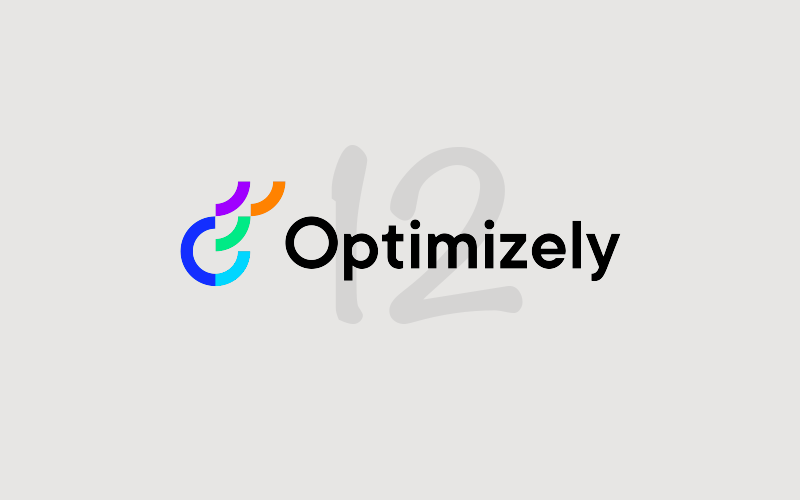5 Red Flags to Watch Out For From Your Digital Marketing Partner
Chris Osterhout SVP of Strategy#Digital Marketing

Learn about what information you need to be getting from your online marketing vendor in order to make the most of your digital strategy.

I’ve written previously about the importance of resolving basic site issues before launching any Search Engine Optimization (SEO), Search Engine Marketing (SEM), or Pay Per Click (PPC) campaigns, but even if your digital marketing partner has done so, there are other factors that you need to consider when working with them.
While your partner most likely provides a marketing package that includes monthly reporting, how useful is the information that they are giving you? If they aren’t providing you with a quantifiable way to track your online marketing efforts back to your website ROI, you might want to question the investment you’re making with them. It’s a good idea to perform a gut check and make sure you understand what you’re getting for the money you’re spending with them.
What should you be looking for when you’re trying to determine whether you’re getting your money’s worth from your digital marketing partner? Here are some red flags that might make you question whether you’re getting the best ROI from your investment in SEO/SEM/PPC:
1. Generic Monthly Reporting
How helpful is the information in the monthly reports that your partner provides to you? If the extent of these reports is a simple copy and paste of your statistics from Google Analytics, you’re not getting the analysis you need of trends, traffic sources, conversions, etc.
Instead, you should be getting granular, qualitative reporting on how traffic trends are affecting your website conversion ratings. This information is essential for determining the success of your marketing campaigns, and it should be a given that this type of detailed analysis should be included in the reports that your partner provides to you.
2. Blind Faith Analysis
If your partner tells you that they’ve evaluated your competitors and that you are doing things the right way in order to remain competitive with them without giving you an analysis of how your traffic and trends stack up against theirs, this indicates that little to no analysis was actually done.
For a true understanding of how you fit into the competitive online landscape in your area of expertise, you need detailed reporting comparing how your traffic, search results, keywords, PPC, and other factors compare to your competitors. This type of analysis can help you formulate your strategy for standing out online and making sure people can find you, so you need to make sure it is not ignored.
3. Minimal PPC Reporting
Do the monthly reports you receive on your PPC campaigns simply tell you how much you spent and which keywords were targeted? If they don’t tell you specifically how much you paid to target individual keywords, you’re not getting enough information.
You need to know how the money you spend results in actual ROI. If your reports don’t include the detailed information you need, you won’t be able to determine whether your PPC campaigns led to more business, sales, or conversions, or whether you even actually broke even. Be sure you’re not ignoring the importance of this analysis.
4. PPC Spend Goes Up, But Traffic Growth Goes Down
Does it seem like you spend more each month on PPC, but while this does bring people to your site, the percentage of organic traffic (from search or referrals) is going down? If so, you’re in a tailspin, stuck trying to buy site traffic without building the audience you need.
If you have to pay for the majority of your traffic rather than building it organically, your online strategy is not sustainable. Instead, you should be using inbound marketing methods to build evergreen content that will drive traffic to your site by providing your visitors with the information they need. If your partner doesn’t understand this, it’s time to find a new partner and revamp your digital strategy.
5. Independent SEO/SEM/PPC Efforts
Your online marketing strategy should be a cohesive whole, with everything you do affecting everything else. Your SEO, SEM, and PPC campaigns should all be interrelated, and the reporting you receive should reflect this. If your partner handles each of these efforts independently, you are not making the most of the available resources that exist for reaching your audience online.
Removing the Red Flags
Historically, monitoring and assessing the different aspects of a digital marketing strategy has been a challenge, as the different tools to monitor traffic, ads, and conversions have been siloed, making it difficult to relate the data back to ROI. However, with today’s marketing automation technologies, such as HubSpot, it is easier than ever to track your online marketing efforts and determine how to maximize the value for your business.
Do you have any questions about how to determine whether you’re getting the most out of your online marketing? Do you need help setting up an inbound marketing strategy? Sign up for a Free Marketing Strategy Assessment with us to learn the best way to move forward in your online marketing efforts. If you have any other questions for us, please leave a comment below.
Related Posts

Navigating an Optimizely CMS 12 Upgrade
Learn why an Optimizely CMS 12 upgrade needs detailed planning, efficient resource allocation, and an understanding of your organization's capabilities.

What Does Umbraco 7 End of Life (EOL) Mean for Your Website?
Umbraco 7 support has reached its end of life. To get your website upgraded, reach out to us today to discuss options.
Results Matter.
We design creative digital solutions that grow your business, strengthen your brand and engage your audience. Our team blends creativity with insights, analytics and technology to deliver beauty, function, accessibility and most of all, ROI. Do you have a project you want to discuss?
Like what you read?
Subscribe to our blog "Diagram Views" for the latest trends in web design, inbound marketing and mobile strategy.
